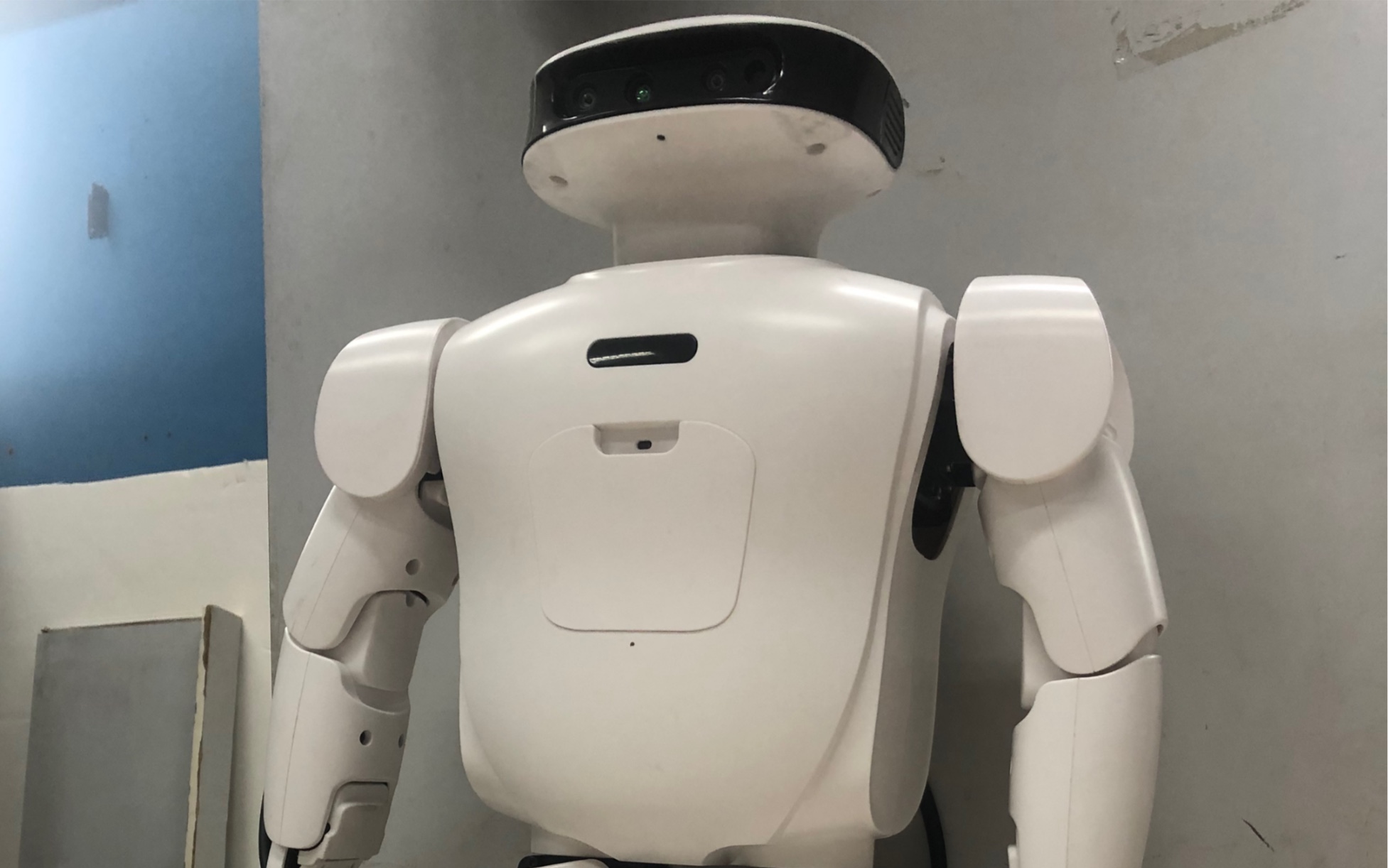|
In recent years, there has been a remarkable advancement in technology, particularly in the field of wearable sensors. These small but powerful devices have revolutionized the way we interact with technology and have opened up new possibilities across various industries. From healthcare to sports, wearable sensors are transforming the world as we know it. One of the key areas where wearable sensors have made a significant impact is healthcare. These sensors can monitor vital signs such as heart rate, blood pressure, and body temperature, enabling individuals to track their health in real-time. This continuous monitoring empowers individuals to take proactive measures and seek medical attention when necessary. Moreover, healthcare professionals can remotely monitor patients' conditions, leading to timely interventions and improved patient outcomes. Wearable sensors have also transformed the fitness industry. Gone are the days when athletes relied solely on subjective assessments of their performance. With the advent of wearable sensors, athletes can now accurately measure their physical activity, track their progress, and optimize their training routines. These sensors provide valuable data on metrics like step count, distance covered, calories burned, and even sleep quality. Such insights help athletes fine-tune their workouts, prevent injuries, and achieve peak performance. Beyond healthcare and fitness, wearable sensors are making waves in other sectors as well. In the workplace, these sensors can enhance safety by alerting workers to hazardous conditions or detecting fatigue levels. Industrial settings can leverage wearable sensors to optimize workflow and improve efficiency. For example, workers can receive real-time guidance through smart glasses or smartwatches, improving productivity and reducing errors. The potential of wearable sensors extends to entertainment and gaming too. Virtual reality (VR) and augmented reality (AR) devices often incorporate sensors to track users' movements, providing an immersive and interactive experience. These sensors enable users to engage in virtual environments, interact with digital objects, and even participate in multiplayer gaming, blurring the boundaries between the real and virtual worlds. As wearable sensors continue to evolve, their applications are becoming increasingly diverse. From monitoring glucose levels for diabetes management to detecting early signs of diseases through continuous biomarker tracking, the possibilities seem endless. Additionally, the integration of artificial intelligence (AI) with wearable sensors can unlock even greater potential. AI algorithms can analyze the vast amount of data collected by these devices, identify patterns, and provide personalized insights or predictive recommendations. Despite the numerous benefits, challenges remain in the widespread adoption of wearable sensors. Privacy concerns, data security, and ensuring accurate and reliable measurements are among the key considerations. As technology progresses, addressing these challenges will be vital to ensure the seamless integration of wearable sensors into our daily lives. In conclusion, wearable sensors have emerged as a groundbreaking technology that is transforming various aspects of our lives. From healthcare and fitness to workplace safety and entertainment, these devices are revolutionizing industries and empowering individuals. With ongoing advancements and continued research, wearable sensors hold the promise of a future where technology seamlessly integrates with our bodies, enhancing our well-being and overall human experience.  |
